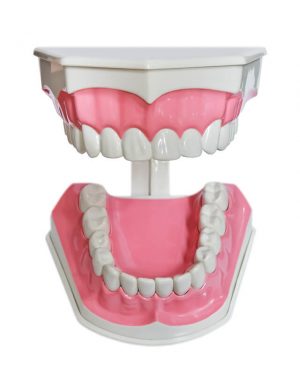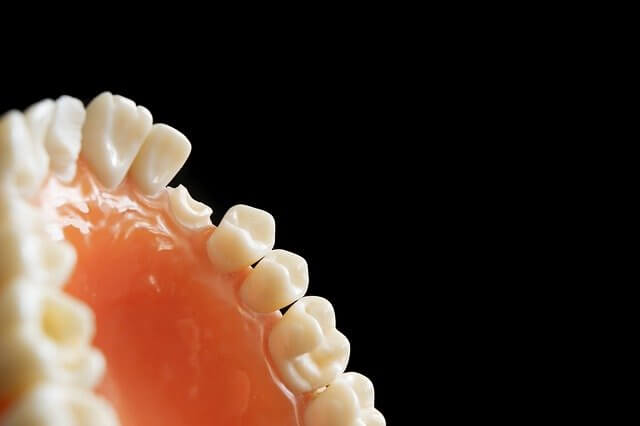While you may be familiar with laser treatments in the medical and cosmetic surgery fields, the use of laser treatments also occurs in the dental field. You may be familiar with laser whitening treatments, but when it comes to oral care, lasers offer many more options. Do traditional drills and sharp dental instruments give you nightmares and keep you from regular dental visits? Then laser dentistry may be just what you are looking for.
While not yet considered mainstream in many dental offices, the use of lasers to treat hard and soft tissue dental conditions is rapidly growing and an option at Soundview Family Dental. When used, the focused light beams target diseased or damaged tissue, and in most cases, this minimally invasive procedure offers patients many benefits over traditional dental treatment options.
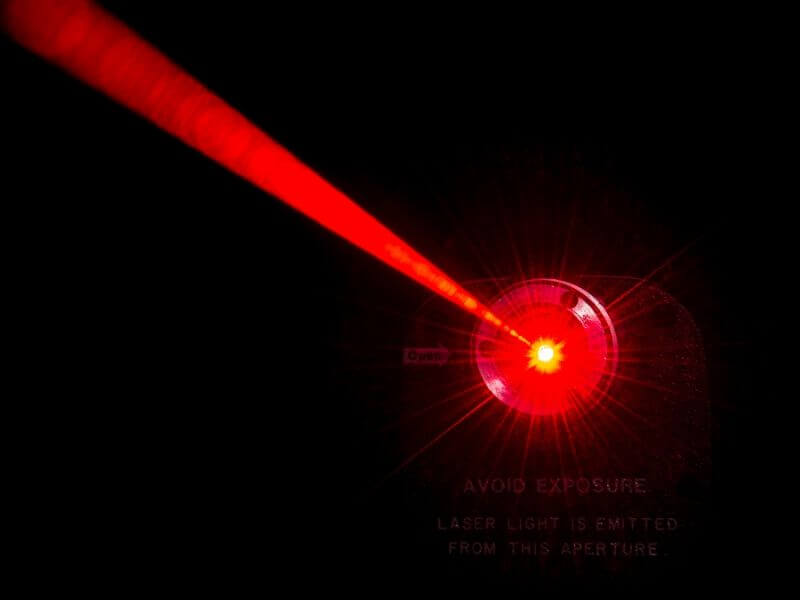
What is Laser Dentistry?
LASER stands for “light amplification by the stimulated emission of radiation.” The laser instruments used by dentists create a narrow and focused beam of light designed to react to specific tissue. Each laser instrument produces different wavelengths in order to target specific tissue. For example, soft tissue lasers target gum and soft tissue, such as the gums, while hard tissue lasers target hard tissue, such as teeth and bone.
When you come in for a laser dental treatment, you will find your appointment begins in a similar fashion to traditional dental treatments. You may receive anesthesia or a sedative, though at a much lower amount than required for traditional treatment. You will not experience the vibrations and discomfort you experience with traditional dental drills and, in most cases, you will experience little to no pain or discomfort. Laser treatments are often much quicker and more economical than traditional dental procedures and offer other additional benefits.
Benefits of Laser Dentistry
In addition to reduced or eliminated pain during dental procedures, laser dentistry offers a wide variety of benefits for patients. These can include:
- No need for anesthesia with some procedures
- Reduced risk of bacterial infections – the use of lasers sterilizes the area as it treats
- Decreased need for sutures with some procedures
- Minimal bleeding as the laser promotes blood clotting
- Faster healing times
- Less post-procedure pain and swelling
- Less damage to the surrounding tissue – the focused light produced by lasers allow the dentist to focus on damaged tissue while leaving healthy tissue untouched
- Reduced anxiety and increased comfort – for many people, the sound of a dental drill is enough to keep them from the dentist. Laser treatments are quiet and relatively pain-free, helping patients feel more comfortable and relaxed during treatment.
- Reduced need for medications and antibiotics after treatment
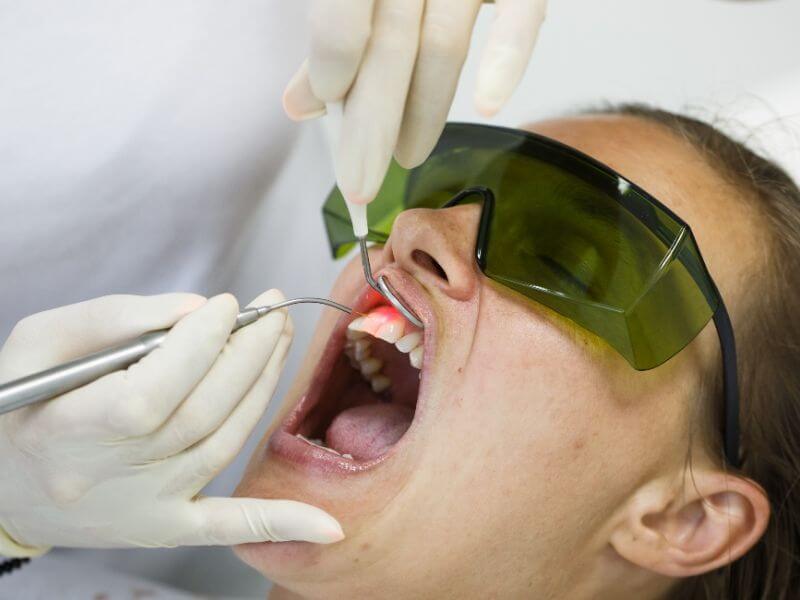
Procedures that Use Laser Dentistry Treatments
When it comes to laser dentistry, certain lasers focus on the treatment of the teeth while others focus on the treatment of gums and soft tissue. The differences between the lasers depend on their wavelength and the type of tissue they target. For example, the light wavelengths used by soft tissue lasers are easily absorbed by hemoglobin and water, making them ideal for gum and tissue treatment. In contrast, the wavelengths used with hard tissue lasers work with the calcium phosphate salt in your teeth and bones, making them ideal for specific procedures of the teeth. The specific dental work you require will determine the type of laser your dentist uses.
Hard Tissue Procedures
Hard tissue lasers use wavelengths that are absorbed through water and the calcium phosphate salt inside the tooth or bone. Dentists use these lasers to cut this hard tissue. Hard lasers reduce the need for anesthesia for procedures such as fillings. Common procedures that use hard lasers include:
- Prepare and shape teeth prior to composite bonding
- Repair worn-out or damaged fillings
- Remove minor amounts of tooth structure
- Treating teeth sensitivity – sensitivity to hot and cold is the result of the open tub
Soft Tissue Procedures
The wavelengths in soft tissue lasers are easily absorbed by hemoglobin (a molecule found in the blood) and water. This makes them ideal for treating gum issues as they can cut into soft tissue while simultaneously sealing exposed blood vessels. This helps to reduce bleeding and reduce your healing time. In addition, laser treatments effectively kill bacteria in the mouth, reducing your risk of infection after treatment. Common procedures performed with soft lasers include:
- Gum disease – the traditional treatment for mild to severe gum disease can include scaling and root planing to remove plaque and tartar as well as bone grafting or soft tissue grafting. Laser gum surgery eliminates these procedures as the laser can remove inflamed or dead tissue while killing bacteria.
- Correcting uneven or disproportionate gum lines
- Address restricted tongue movement
- Lengthening crowns
- Removing folds in oral soft tissue often caused by dentures
Additional Laser Dentistry Procedures
In addition to soft and hard laser treatment options, laser dentistry has other applications. Specific lasers can help you avoid dental x-rays and their associated risks by identifying tooth decay before it is visible to the naked eye. Your dentist can then treat the tooth decay with hard and soft tissue treatments.
Laser whitening is another laser dental option commonly used to help brighten and improve your smile. After your dentist places whitening gel on your teeth, lasers help speed up the process and produce much whiter and brighter results.
Lasers have also made a big difference when it comes to crowns, veneers, and bridges. Laser CAD/CAM technology allows your dentist to produce more precise teeth impressions, making the procedures much more comfortable for patients.
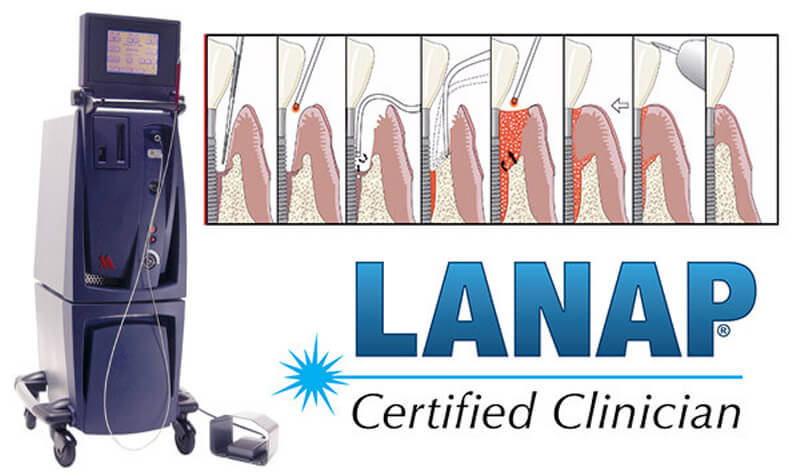
Laser Dentistry That You Will Find at Soundview Family Dental
At Soundview Family Dental, we utilize Electro Surge laser technology to provide quality deep cleanings and address periodontal disease. This laser technology also allows us to perform many soft tissue procedures with less pain, better results, and a much faster recovery, making this treatment option a patient’s favorite.
If you are interested in learning more about how laser dentistry can help you address your dental concerns, contact Soundview Family Dental today.
The article What is Laser Dentistry? is republished from: https://www.soundviewfamilydental.com/
Soundview Family Dental
201 5th Ave S Suite 103, Edmonds, WA 98020
(425) 563-6360
Our Edmonds Location

